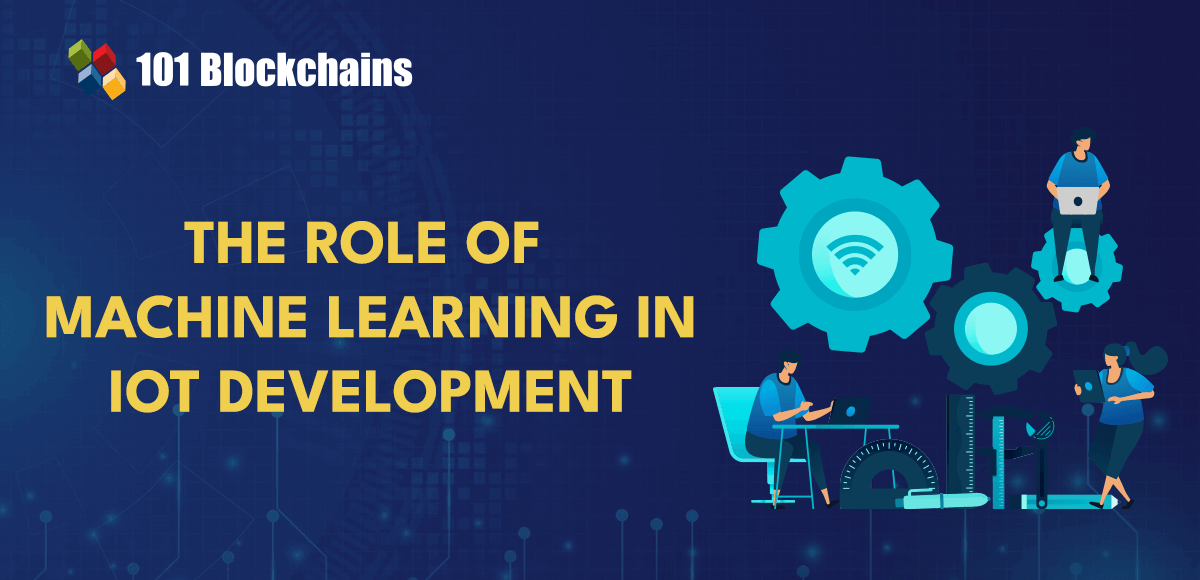Creating Value: Top Digital Transformation Trends

Digital transformation has been a trend for several years, but new technologies have made this movement even more important. Companies are rethinking their business models to become more digital and competitive. They face an ever-increasing number of startups and established organizations, all of which are trying to stay current with digital transformation trends to achieve competitive advantage.
Digital transformation also allows organizations to pause and identify which strategic approaches have value in today’s environment and where to focus their energies. For example, an organization struggling to build its own IT services might evaluate whether it should replace some of its internal legacy technology with technology from a Software-as-a-Service (SaaS) provider.
Digital transformation is a critical component of the business operations of modern organizations. However, according to McKinsey, some organizations that have begun their digital transformation journey are struggling to derive value from it. A recent study found that organizations that “launched some form of digital transformation” experienced only one-third of the average expected revenue benefit, according to a McKinsey study.
Digital transformation encompasses culture, organization, and even the latest technologies. Chief information officers (CIOs) must work directly with CEOs and other business leaders to align on the cultural changes needed to successfully execute digital transformation.
While no digital transformation strategy is like another, here are some recurring trends that can help organizations engage in successful digital transformation initiatives:
Digital transformation trends drive competitive advantage
Trend: Artificial Intelligence and Machine Learning
We are entering the second year of widespread adoption of generative AI tools. Organizations are therefore increasingly interested in how they can apply a full range of artificial intelligence (AI) and machine learning (ML) technologies to improve their business processes. According to a recent IBM Institute for Business Value survey, three out of four CEOs said competitive advantage depends on who has the most advanced generative AI.
It is becoming increasingly clear that in the coming years, AI will show many use cases that augment human activities and streamline tasks rather than eliminating large workforces. For example, generative AI as a prompting engine improves efficiency by dramatically reducing the time it takes for humans to outline, ideate, and learn important information. It also improves the customer experience by creating smarter chatbots that can handle simple questions, while freeing up customer service representatives to handle issues with larger orders.
Machine learning will also be a very powerful tool for data-driven organizations looking to better leverage data analytics methods. For example, applied ML can help organizations that rely on supply chains engage in better decision-making in real time. This allows us to effectively respond to environmental and market conditions that may delay the delivery of raw materials, finished products, or both. However, organizations still need people to decide what actions to take based on what their ML analytics data shows.
Trend: Automation
Like AI and ML, automation will be a huge driver of human productivity. Organizations undergoing digital transformation are likely to discover a wide range of manual tasks that can and should be automated. For example, robotic process automation (RPA) can automate ecommerce activities such as order fulfillment, inventory management, and customer issue resolution.
Trend: Cloud Computing
Organizations have spent the last few years migrating to the cloud. Whether you use a public cloud, private cloud, or multicloud environment, you are eliminating the cumbersome step of maintaining your own data center. Cloud service providers use cloud technology to maintain uptime and security, allowing organizations to focus on their core business.
Trend: Cybersecurity
By moving many services online, organizations are at greater risk of digital attacks. An organization’s existing security posture built for legacy systems for a less distributed workforce is likely to suffer in the modern environment. One way for organizations to tackle cybersecurity head-on is to adopt the ‘shift left’ movement. This approach involves moving cybersecurity considerations to the beginning of the development cycle and embedding them more directly into the code.
Another way for organizations to experiment with advanced security measures is through blockchain, which can enhance data integrity and enhance transaction security.
Trends: Edge Computing and Internet of Things
As more devices become distributed, greater interconnectivity is required to create value. The Internet of Things (IoT) allows technologies to connect and communicate with each other. For example, manufacturers can use IoT in their factories to know when machines need repairs, known as preventative maintenance. Edge computing makes IoT more efficient and powerful by bringing enterprise applications closer to data sources such as IoT devices or local edge servers.
Trends: Changes across the Industry
Digital transformation impacts a variety of industries in unique ways. For example, hospitals and health care providers have used the pandemic to rethink their entire practices. They have shifted funding and resources to building robust telehealth services, such as video conferencing, and improving access to patients’ health records. However, a data breach containing sensitive medical information can be catastrophic, necessitating significant investments in strengthening data protection and cybersecurity.
Financial services providers have increased their use of APIs to leverage larger ecosystems and connect with more partners. And consumer organizations have found ways to extend the customer experience digitally, such as Wimbledon creating AI-generated voiceovers for video clips on the Wimbledon app and website.
Trend: Low-code or no-code
Digital transformation is completely transforming technology development through the emergence of a more visual approach to coding. Low code helps DevOps teams by simplifying some aspects of coding, and having no code can introduce non-developers into the development process. This approach shows how digital transformation combines cultural changes with technological advancements, such as the creation of visual coding. These changes make development more accessible to non-technical people, breaking down silos and encouraging everyone to participate in building products and solutions.
Trend: Remote Work
The move toward a distributed workforce was already happening before the pandemic. While some companies are ordering employees to return to the office full-time, many are opting for hybrid work or fully remote workspaces. So they need to rethink how they track things like workflow, productivity and attendance, and how they implement the digital technologies they need to do their jobs. For example, your organization may need to set up a more powerful virtual private network (VPN) to allow employees to log in and access important documents.
Make the digital transformation trend work for you
Every digital transformation journey is different, but there are some new technologies and organizational approaches that will have a big impact on almost all of them. Digital transformation takes time and resources and is never complete. Therefore, organizations must keep in mind the latest trends and tools in their approach to avoid costly and unnecessary changes in the future.
Digital transformation requires investment and ultimately changes the way an organization does business, but when done right, it has many benefits. Organizations that succeed in digital transformation can maintain a competitive advantage, build better relationships with employees and customers, and be better prepared for what lies ahead.
New technologies and social forces are creating new customer experiences that are changing expectations and needs and disrupting business models. IBM Consulting’s business professional services help organizations navigate an increasingly dynamic, complex and competitive world. We help you align digital transformation with your business strategy to gain competitive advantage and a clear focus on business impact.
Explore IBM’s strategy-focused business consulting services.



